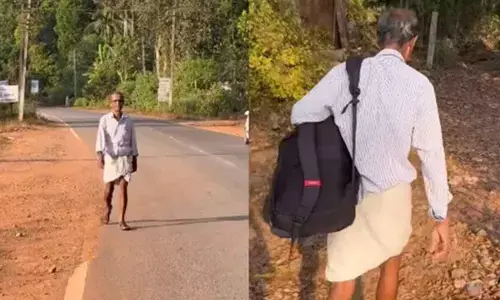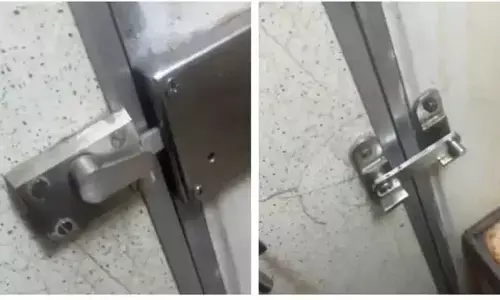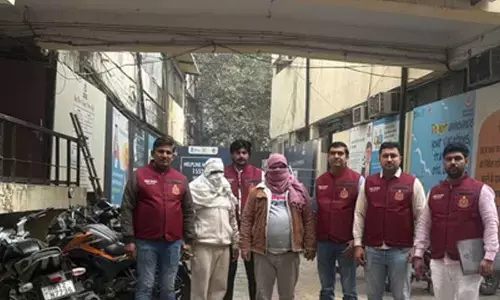Mouthing behaviour key contributor of ingestion of foreign bodies in children

Dr Srikanth KP
Any external object that enters the human body is labelled as a foreign body.
Any external object that enters the human body is labelled as a foreign body. Ingestion of foreign bodies is most commonly encountered in children, especially those between the age of 6 months and 3 years. Foreign bodies in the digestive system are very common as compared to any other organs due to ease of access. This is mainly due to lack of knowledge and lack of appropriate developmental maturity in infants and toddlers, who tend to explore everything that is within their reach and place objects in their mouth. Mouthing behaviour is an important contributor of foreign object ingestion in children less than 3 years.
Routinely encountered foreign bodies vary depending upon the availability. They can be better understood based on the visibility in the chest and abdomen X-ray. Common metallic objects (radio-opaque) include Indian currency coins, button batteries, nails, household pins, gold ornaments etc. Non-metallic objects include various plastic items such as pen caps, small toys, etc. Virtually anything can be swallowed if it is within the reach of an unfortunate child and is non-irritant enough to be held in the mouth.
If these foreign objects are of smaller size, they are more likely to pass through the digestive tract or the gastrointestinal tract (GI) without causing any serious problems. However, if the objects are large, sharp, and irregular shaped, they can perforate the GI tract while passing through the digestive tract, which may even lead to adhesion (in case of magnets) and cause symptoms. Therefore, these high-risk foreign bodies are removed via surgery. Standard indications that require a surgery include a larger object, button batteries impacted in the oesophagus, coins, and sharp objects impacted in the oesophagus, any foreign objects in the oesophagus with impaction, etc. Various professional bodies guide the treating physician on the exact plan and timing to remove such foreign bodies in the digestive tract.
Some common symptoms exhibited by these children usually include chest pain, difficulty in swallowing, vomiting, blood in vomit, abdominal pain, abdominal distension, etc. In complicated cases, the symptoms may include breathing difficulty, severe abdominal pain, and fever. Therefore, high-risk foreign objects must be removed at the earliest to avoid complications.
Flexible endoscopy is the best approach to remove these foreign objects and are performed safely under general anaesthesia. Various accessories such as rat-tooth type foreign body holding forceps, roth-net retriever, snare, etc., are used to remove these foreign objects. Conventional endoscopes are used when a foreign object is lodged around the proximal jejunum (the mid-segment of the small intestine). In older children, one can use an advanced endoscopic method called push enteroscopy to reach the objects lodged in the distal parts of the intestine. When, a foreign object, which is sharp and irregular, gets stuck in the food pipe and is difficult to remove, it is gently pushed into the stomach pouch. From there, it can be safely removed using a protector hood.
Overall, parents need not panic when they see their child who has swallowed a foreign object. Keep calm and try not to pull the object out from the throat, as it is not possible and may lead to laryngeal injuries. Rush your child to a nearby paediatrician, paediatric emergency room or paediatric gastroenterologist. As mentioned above, many foreign objects pass through the digestive system easily without any complications, while only few require removal. In the case of a button battery, one can use 2-3 tablespoons of honey immediately, which is believed to reduce the risk of damage.
To sum up, foreign body ingestions are common and sometimes unavoidable. However, most of them are uneventful and does not require any removal. The ones that need to be taken out immediately are button batteries, multiple magnets, large objects, sharp objects, and any objects that impact in the oesophagus. Irrespective of what has been swallowed, visit a nearby medical centre immediately for assessment and decision to remove. Most of them can be easily removed using flexible endoscopy by a paediatric gastroenterologist.
(The author is Consultant, Paediatric Gastro Enterology, Manipal Hospitals)

















